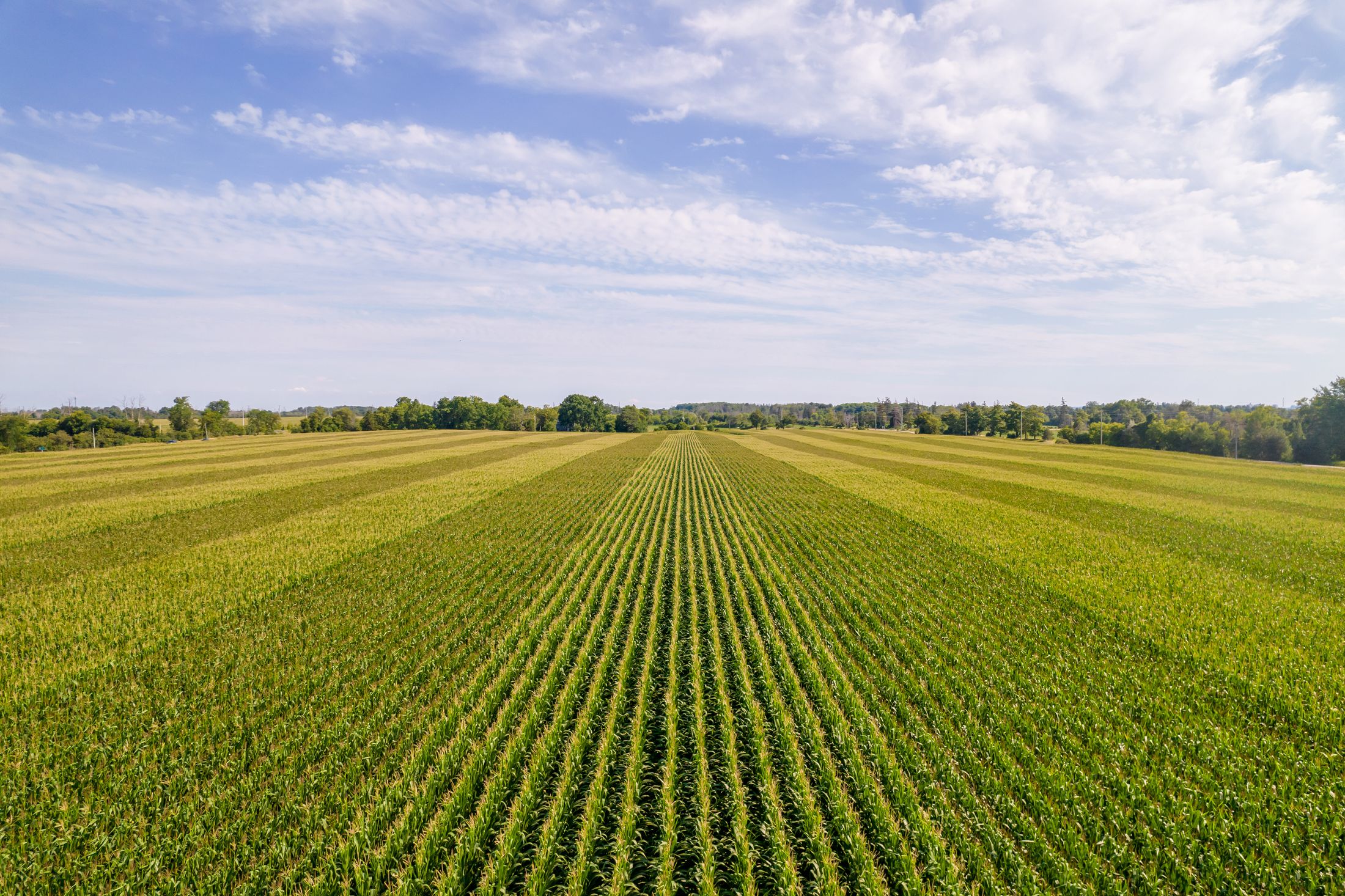Do you want to know some of the most commonly used acronyms in crop insurance? ProAg provides a great list of acronyms and common terms defined in simple language to help you better understand the basics of crop insurance. Learn the most important crop insurance terms today by clicking on the links below, in alphabetical order.
Acreage
Acreage
An area of land typically used for agricultural purposes.
AR
AR
Acreage ReportA form the insured uses to report the number of acres planted, the percent share he/she has in those acres and the plant dates. This report is required each year.
ARD
ARD
Acreage Reporting DateThe deadline by which an insured must report the number of acres planted, the percent of share he/she has in those acres and the date(s) the acreage was planted.
Actual Production
Actual Production
The amount the crop produced before any adjustment is subtracted. Adjustments include reasons such as moisture, quality, or uninsurable events. For example, a field of corn might yield or produce 110 bushels per acre.
APH
APH
Actual Production HistoryRefers to either the historical data regarding how many acres were planted and how much a crop produced or the database containing this information. Numerous years of APH data is collected to determine averages and premiums. May also refer to the Actual Production History (APH) plan of insurance.
APH Database
APH Database
Actual Production History (APH) DatabaseThe electronic record-keeping system for a farmer’s production history. This information is transmitted to USDA. The agent takes the number of acres and how much the crop produced from the farmer and enters it into the computer into this electronic database, similar to a spreadsheet.
ARH
ARH
Actual Revenue HistoryA plan of insurance which uses revenue history. It is only available for specific crops such as cherries and strawberries. See the Actual Revenue History plan of insurance page for additional information.
AY
AY
Actual YieldThe amount a specific crop produces.
Actuarial Documents or Actuarials
Actuarial Documents or Actuarials
These documents are published annually by RMA and list crops insured in a particular state and county.
AIB
AIB
Actuarial Information BrowserA tool found on the RMA website, the Actuarial Information Browser displays crop insurance information for each commodity, crop, county and plan.
Added Land
Added Land
Acreage added to a farming operation.
AGR
AGR
Adjusted Gross RevenueNo longer available, the Adjusted Gross Revenue (AGR) pilot provided protection against low revenue due to unavoidable natural disasters and market fluctuations occurring during the insurance year.
A&O
A&O
Administrative & Operating PaymentsMoney the Federal government / the Risk Management Agency (RMA) pays approved insurance providers (AIPs) to cover the administrative and operating expenses of providing crop insurance.
AMS
AMS
Agricultural Marketing ServiceAn agency within the United States Department of Agriculture with programs in five commodity areas: cotton and tobacco, dairy, fruit and vegetable, livestock and seed and poultry. These programs provide testing, standardization, grading and market news services for those commodities. In addition, they oversee marketing agreements and orders, administer research and promotion programs and purchase commodities for federal food programs.
AF
AF
Annual ForageA program providing coverage to land planted each year and used as feed and fodder for livestock. The Annual Forage Pilot Program utilizes the amount of rainfall within a specific area to calculate losses. For more information, see the Annual Forage Pilot Program page.
API
API
Apiculture / BeekeepingInsurance protecting a beekeeper’s primary income sources – honey, pollen collection, wax and breeding stock. The Apiculture (API) crop insurance program uses rainfall indices to estimate local rainfall. See the Apiculture Pilot page for additional details.

